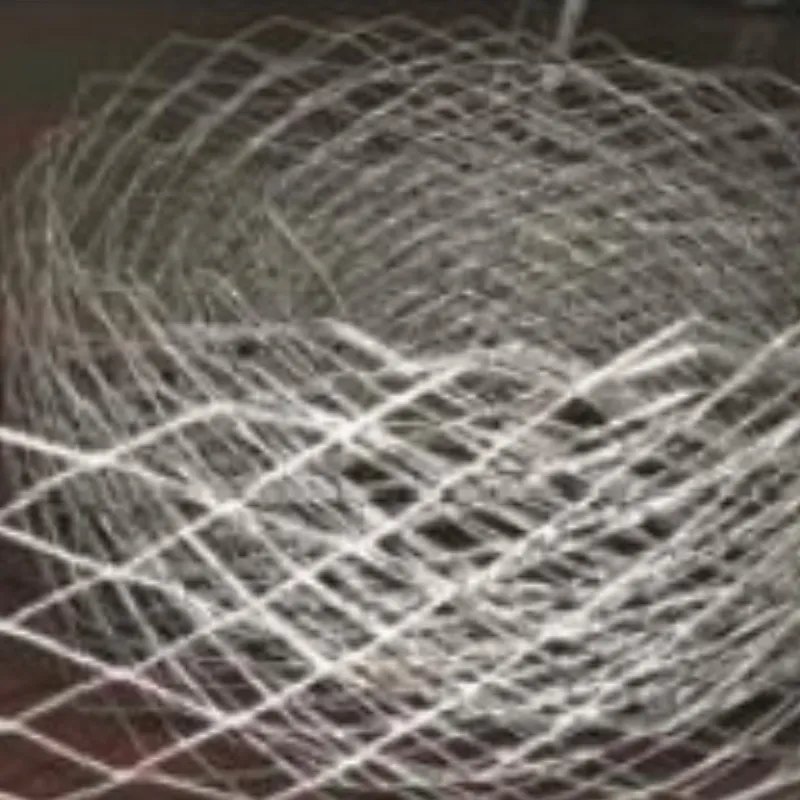Oct . 13, 2024 08:08 Back to list
Building Stock Fencing for Livestock Protection and Property Boundaries
Erecting Stock Fencing A Comprehensive Guide
When it comes to managing livestock effectively, one of the most crucial aspects is the establishment of sturdy fencing. Stock fencing is not just a boundary marker; it plays a vital role in ensuring the safety of livestock, preventing escapes, and protecting crops. This article will delve into the essentials of erecting stock fencing, covering materials, planning, installation, and maintenance.
Choosing the Right Materials
The first step in erecting stock fencing is selecting the appropriate materials. The type of fencing you choose will largely depend on the kind of livestock you have and the terrain of your property. Common materials for stock fencing include
1. Wire Fencing This is the most popular choice among farmers. Options include barbed wire, welded wire, and high-tensile wire. Barbed wire is effective for cattle and can deter predators, while welded wire is often preferred for smaller animals like sheep and goats due to its sturdiness.
2. Wood Fencing Wooden posts and rails provide a classic look and can effectively contain livestock. However, they may require more maintenance and can be more expensive than wire fencing.
3. Electric Fencing This option uses electric wire to contain animals. It can be a cost-effective solution for large areas and is particularly useful for keeping animals away from gardens and crops.
4. Composite Fencing Made from a combination of materials, composite fencing can be aesthetically pleasing and durable, although it tends to be pricier.
Planning Your Fencing Layout
Before you begin the installation process, it's crucial to plan your fencing layout carefully. Here are some steps to follow
1. Assess Your Land Walk the perimeter of the area where you plan to erect the fence. Identify any natural features, such as hills or streams, that could impact the placement.
erecting stock fencing

2. Designating Spaces Determine where you would like to place gates, animal enclosures, and access points for vehicles. This planning should facilitate easy movement for both livestock and machinery.
3. Measuring Distances Calculate the total length of the fencing needed by measuring the perimeter of the designated area. This will help you in estimating the amount of materials required.
Installing the Fence
Once you have your materials and plan in place, it's time to install the fence. Follow these steps
1. Install Corner Posts Start by marking the corners of your fenced area. Dig holes for corner posts, which should be deeper and more robust than regular posts to withstand tension.
2. Setting Line Posts Set the line posts equidistantly between the corner posts. Use a level to ensure they're straight and sturdy.
3. Adding Fencing Material Depending on the type of fencing chosen, attach the fencing material to the posts securely. For wire fencing, use clips or ties to hold the wire in place, ensuring it is taut.
4. Installing Gates Install gates in the designated areas, ensuring they swing freely and are easily accessible.
Maintenance Considerations
After erecting stock fencing, regular maintenance is essential to ensure its longevity and effectiveness. Regular inspections for sagging wires, loose posts, and wear and tear can prevent potential breaches. Clear vegetation and debris that may compromise the integrity of the fence, and replace damaged materials promptly.
In conclusion, erecting stock fencing is an integral aspect of any livestock management practice. By choosing the right materials, planning your layout meticulously, and maintaining your fence, you can create a safe and effective environment for your animals. Proper fencing not only protects your livestock but also enhances your overall farming operations. With careful planning and attention to detail, you can ensure that your livestock is contained, safe, and thriving.
-
Reinforcing Mesh: Core Material of the Construction Industry
NewsJul.07,2025
-
Welded Wire Fabric Reinvented for Modern Projects
NewsJul.04,2025
-
Superiority of Stainless Steel Woven Mesh
NewsJul.04,2025
-
Key Types of Razor Wire and Their Applications
NewsJul.04,2025
-
Durable Metal Fence Types for Security
NewsJul.04,2025
-
Best Materials for Livestock Fence
NewsJul.04,2025
products.







